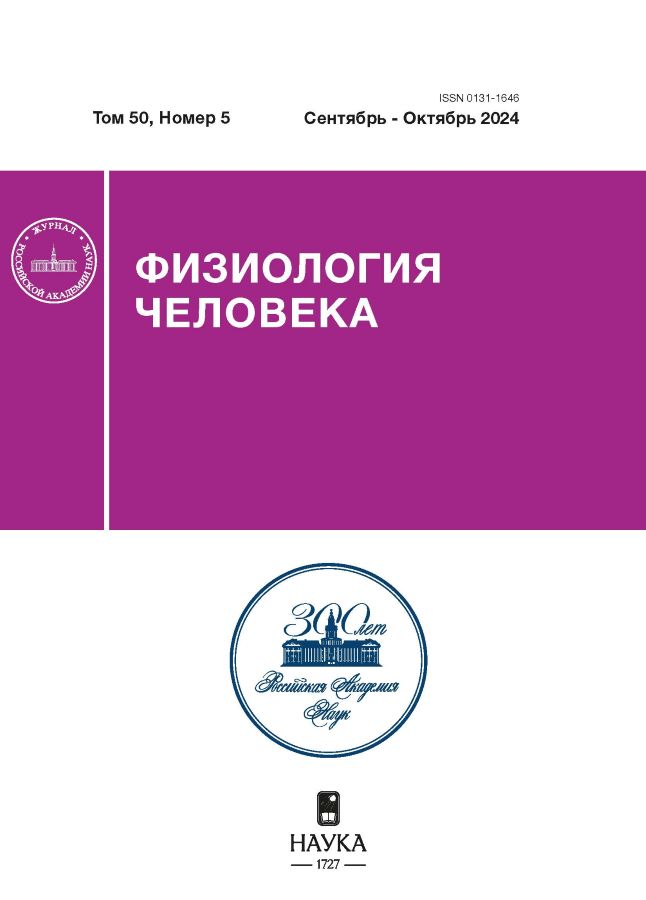Predicting the Outcome of Thermal Injury Based on the Dynamics of the Blood Sodium/Potassium Ratio
- Autores: Alekhnovich A.V.1,2,3, Lazarev A.V.1, Vedernikova S.L.1, Ismagilov M.R.1, Markevich P.S.1
-
Afiliações:
- A.A. Vishnevsky National Medical Research Center of High Medical Technologies
- RUDN University
- Russian Medical Academy of Continuous Professional Education
- Edição: Volume 50, Nº 5 (2024)
- Páginas: 106-112
- Seção: Articles
- URL: https://archivog.com/0131-1646/article/view/664107
- DOI: https://doi.org/10.31857/S0131164624050114
- EDN: https://elibrary.ru/ANVIHC
- ID: 664107
Citar
Texto integral
Resumo
In order to determine the prognostic value of the dynamics of the blood sodium/potassium ratio in critical conditions during thermal trauma, the concentration of electrolytes was retrospectively studied in 107 patients with a combustological profile, 64 with a fatal outcome, 43 with a favorable outcome. It was found that an increase in the blood sodium/potassium ratio above 39 in dynamics indicates the possibility of a fatal outcome of a patient with thermal injury in the next 7–10 days.
Texto integral
Sobre autores
A. Alekhnovich
A.A. Vishnevsky National Medical Research Center of High Medical Technologies; RUDN University; Russian Medical Academy of Continuous Professional Education
Autor responsável pela correspondência
Email: vmnauka@mail.ru
Rússia, Krasnogorsk; Moscow; Moscow
A. Lazarev
A.A. Vishnevsky National Medical Research Center of High Medical Technologies
Email: vmnauka@mail.ru
Rússia, Krasnogorsk
S. Vedernikova
A.A. Vishnevsky National Medical Research Center of High Medical Technologies
Email: vmnauka@mail.ru
Rússia, Krasnogorsk
M. Ismagilov
A.A. Vishnevsky National Medical Research Center of High Medical Technologies
Email: vmnauka@mail.ru
Rússia, Krasnogorsk
P. Markevich
A.A. Vishnevsky National Medical Research Center of High Medical Technologies
Email: vmnauka@mail.ru
Rússia, Krasnogorsk
Bibliografia
- Wiedenfeld S. Ueber der verbrennungstod. Abh ngigkeit des verbrunnungstodes von der gresse der verbrannten hautflache // Arch. Dermatol. Syphilis. 1902. V. 61. P. 33.
- Wiedenfeld S., Zumbusch Z. Weitere beitr ge f r pathologie und therapie schweren verbrennungen // Arch. Dermatol. Syphilis. 1905. V. 76. P. 77; 163.
- Matvienko A.V. Forecasting the outcome of thermal burns // Grekov’s Bulletin of Surgery. 2009. V. 168. № 6. P. 101.
- Natochin Yu.V., Chernyshev O.B. [Electrolyte concentration in blood serum as prognostic of severe course COVID-19] // Nephrology (Saint Petersburg). 2022. V. 26. № 1. P. 27.
- Overgaard-Steensen C., Ring T. Clinical review: Practical approach to hyponatraemia and hypernatraemia in critically ill patients // Crit. Care. 2013. V. 17. № 1. P. 206.
- Martusevich A.K., Dmitrochenkov A.V., Razumov-sky A.V. et al. The possibilities of monitoring the physico-chemical properties of biological fluids in kombustiology // Medicine. 2018. № 1. P. 149.
- Zavorotny O.O. [Possibilities of using the logistic regression method to predict the outcome and optimize surgical tactics in burn disease]: abstract. ... candidate of Medical Sciences: 3.1.9. Saint Petersburg, 2022. 24 p.
- Zinoviev E.V., Zavorotny O.O., Kostyakov D.V. et al. Trends in the development of methods for predicting the outcome of burn disease // Russ. Biomed. Res. 2022. V. 7. № 1. P. 38.
- Selivanov P.A. [Laboratory prognostic factors of the outcome of burn injury]: abstract. ... candidate of Medical Sciences: 03.14.10; 03.14.09. Saint Petersburg, 2022. 24 p.
- Selivanov P.A., Bychkova N.V., Kalinina N.M. Burn injury: immunological aspects (scientific review) // Prev. Clin. Med. 2020. № 2 (75). P. 58.
Arquivos suplementares











